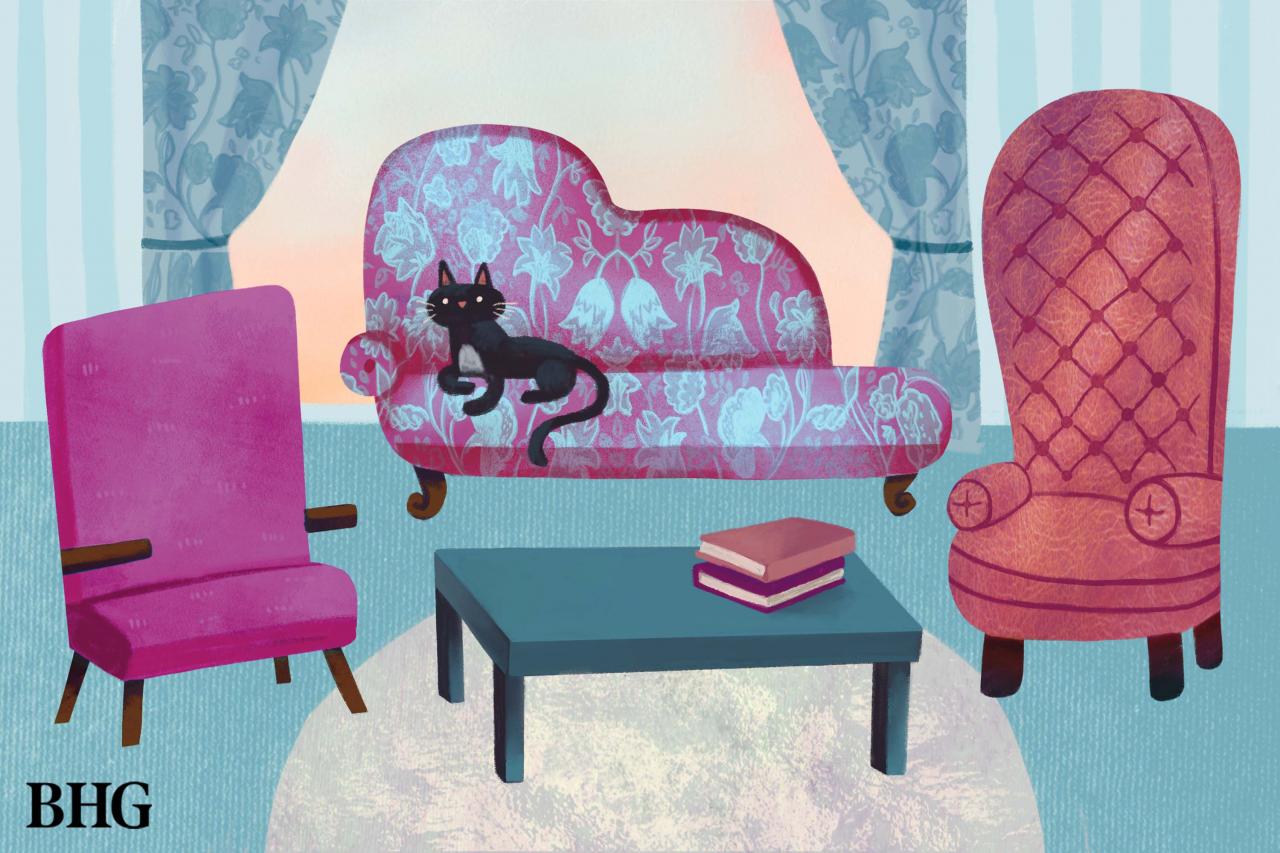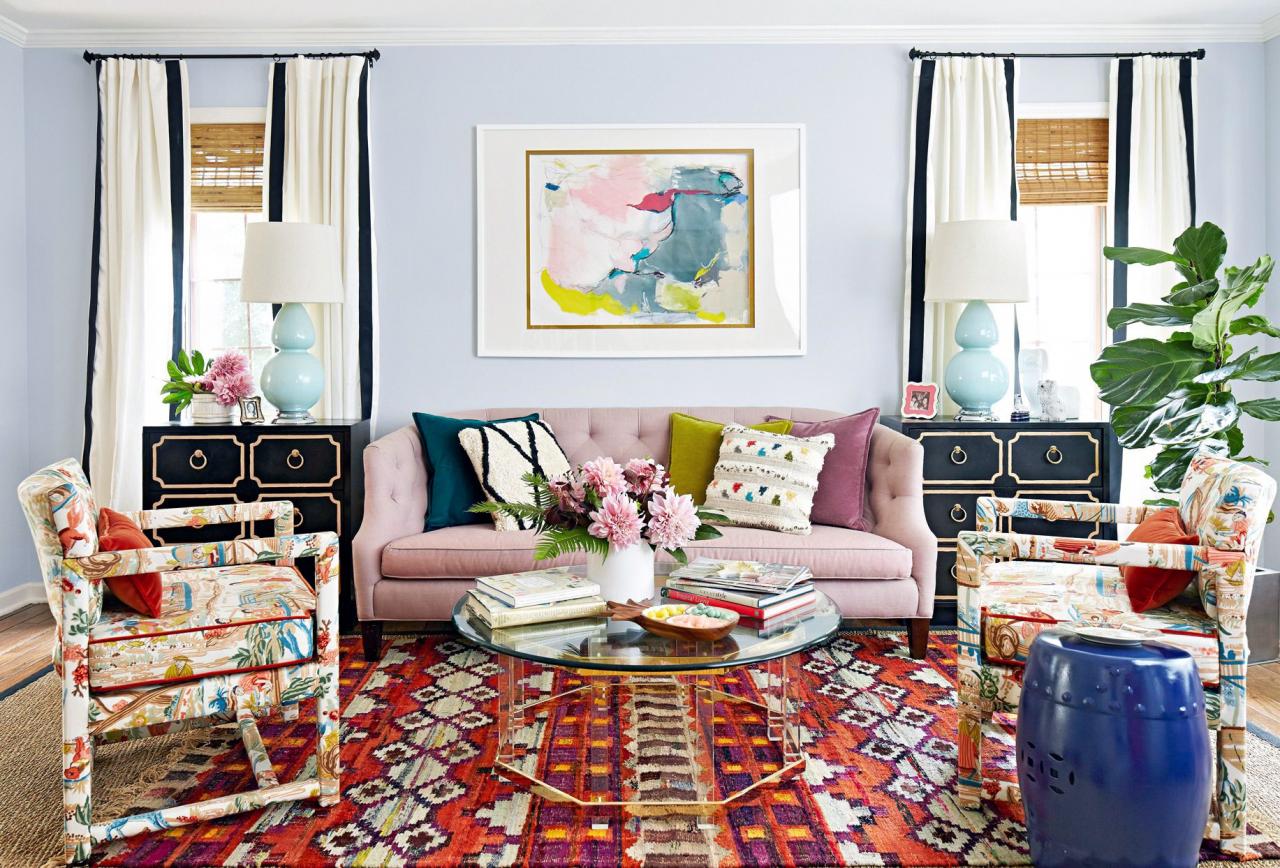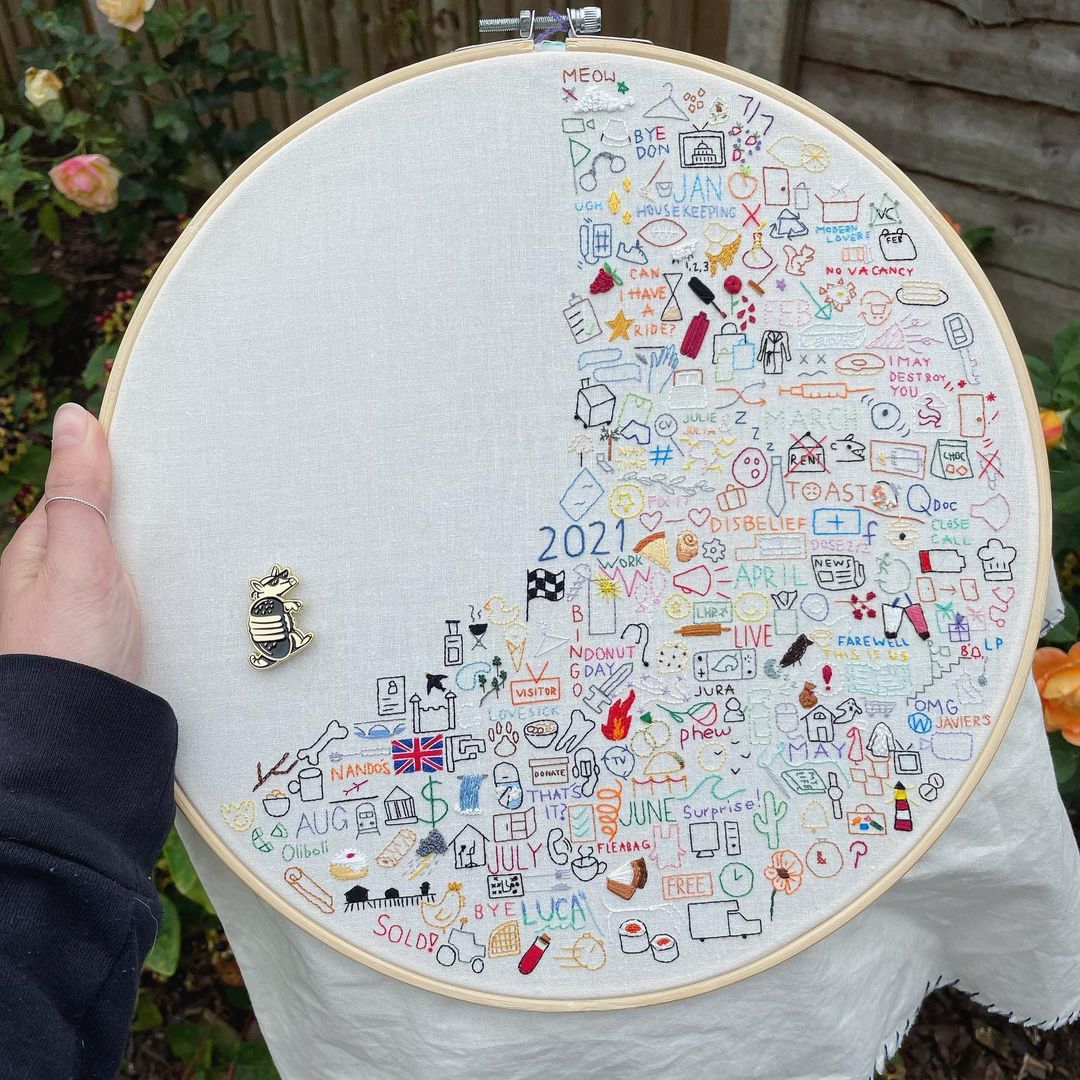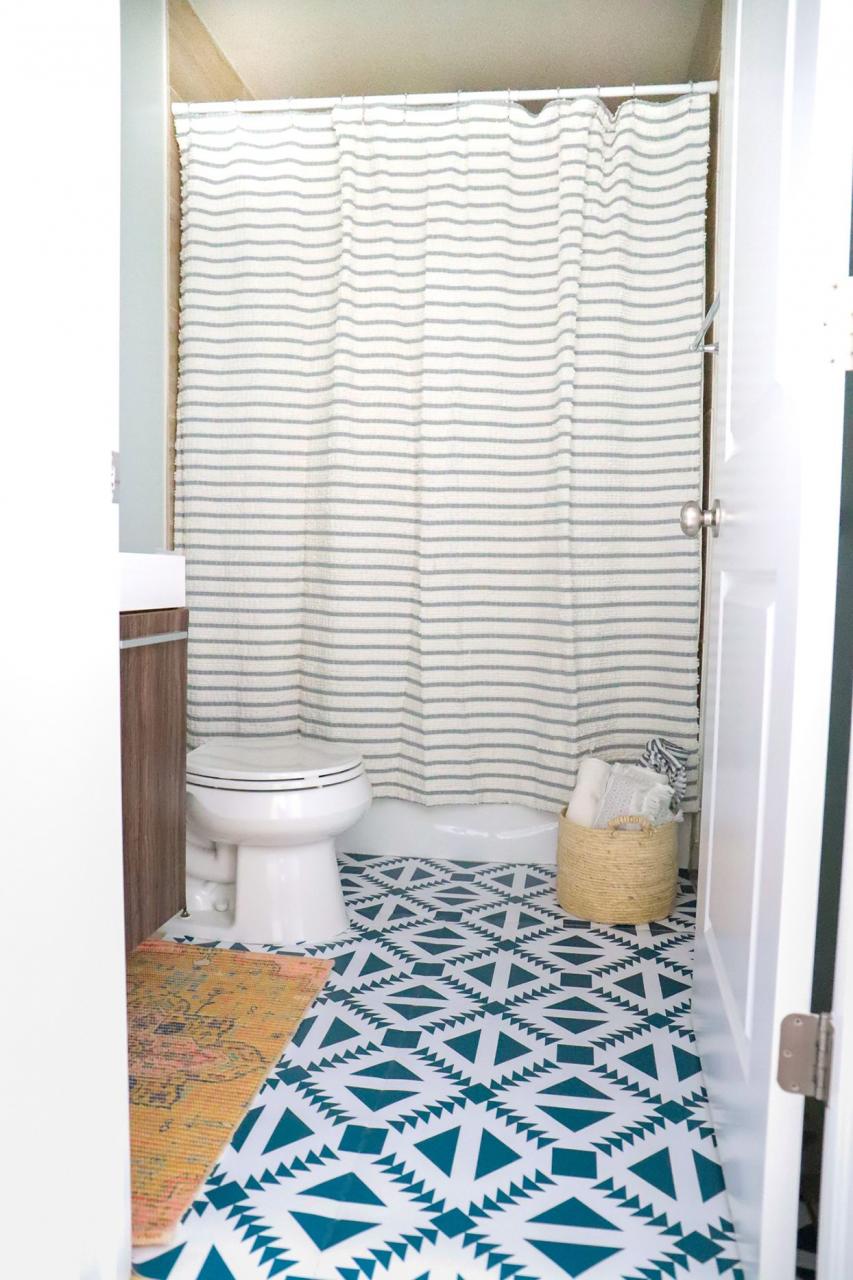Upholstered furnishings receives differing degrees of use depending on the type of piece and where it’s located. No matter how upholstery is utilized in your home, it’s crucial that the material stands up well to its usual level of use. Couches, chairs, and ottomans getting just moderate quantities of wear, such as those in bedrooms or more formal spaces, will do fine with a less resilient fabric. Pieces subjected to day-to-day heavy wear, like the household space sofa, need to be covered in tough, durable, securely woven materials to secure versus stains and damage.
Natural Upholstery Fabric Types

Natural upholstery materials refer to those woven from materials discovered in nature. This consists of plant fibers and materials stemmed from animal items. Here are a few of the most common natural materials used on upholstered furniture.
Sturdiness and usage depend on the weave and finish. Damask weaves are official; canvas (duck and sailcloth) is more casual and more durable.
Cotton Blend: Depending on the weave, cotton blends can be durable, family-friendly fabrics. A stain-resistant surface, such as Scotchgard Fabric and Upholstery Protector, ought to be requested everyday usage.
Leather: This hard product can be carefully vacuumed, damp-wiped as needed, and cleaned with leather conditioner or saddle soap.
Linen: Linen is best fit for formal living-room or adult areas because it soils and wrinkles quickly. It likewise won’t endure heavy wear. Nevertheless, linen does resist pilling and fading. Soiled linen upholstery ought to be professionally cleaned up to avoid shrinkage.
Silk: This delicate fabric is only appropriate for adult locations, such as formal living rooms. It needs to be expertly cleaned if soiled.
Vinyl: Easy-care and less costly than leather, vinyl materials are ideal for busy living and dining-room. Sturdiness depends on quality.
Wool: Sturdy and durable, wool and wool blends provide great resistance to pilling, fading, wrinkling, and soil. Typically, wool is mixed with a synthetic fiber to make it easier to clean and to lower the possibility of felting the fibers, where the fibers are bonded together till they resemble felt. Blends can be spot-cleaned when essential.
Artificial Upholstery Fabric Types
Artificial fabrics are man-made products designed using chemical procedures. They are generally more durable and less expensive than natural upholstery fabrics.
Acetate: Developed as replica silk, acetate can hold up against mildew, pilling, and diminishing. However, it uses just fair resistance to soil and tends to wear, wrinkle, and fade in the sun. It’s not a good choice for furniture that will get difficult daily usage.
Acrylic: This artificial fiber was established as replica wool. It withstands wear, wrinkling, soiling, and fading. Low-grade acrylic may pill exceedingly in locations that receive high degrees of abrasion. Top quality acrylics are produced to tablet considerably less.
Microfiber: Made from polyester, this popular upholstery fabric has a velvet-like texture however is much more durable. It withstands water, discolorations, and fading, so it’s great for high-use living locations.
Nylon: Rarely used alone, nylon is normally combined with other fibers to make it among the greatest upholstery materials. Nylon is extremely resistant; in a mix, it helps remove the squashing of napped fabrics such as velvet. It doesn’t readily soil or wrinkle, but it does tend to fade and tablet.
Olefin: This is a great choice for furnishings that will get heavy wear. It’s extremely resistant to spots, mildew, abrasion, and sunshine, so it can be used both indoors and out.
Polyester: Rarely used alone in upholstery, polyester is combined with other fibers to add wrinkle resistance, remove squashing of napped fabrics, and decrease fading. When mixed with wool, polyester aggravates pilling issues.
Rayon: Developed as an alternative to silk, linen, and cotton, rayon is resilient however it does wrinkle. Current developments have actually made top quality rayon very useful as a family-friendly upholstery material.
Do it yourself Upholstery

Recovering old furniture with new fabric can entirely change the look and functionality of the piece. Be sure to select a fabric that’s easy to work with and suitable for the piece’s level of use. When you’re all set to reupholster, eliminate the old material and use it as a guide for the size and shape of the brand-new material pieces.
Regularly Asked Questions
Where can you buy upholstery fabric?
You can purchase upholstery material at a material store, either in your area or online. Lots of upholsterers have fabric swatches or books that you can look through too.
What is upholstery fabric?
Upholstery material is a material produced covering furnishings. It’s usually heavier and more durable than most fabrics utilized for clothes or bed linen.
What is the most resilient material for upholstery?
That depends on what you’re upholstering and what the furniture will be used for. A heavy-duty synthetic microfiber will be the most stain-resistant and simplest to take care of, so it’s an outstanding option for often-used sofas or chairs. Still, high-thread-count cotton will have sufficient durability for less-frequently used seating in a formal dining area.



